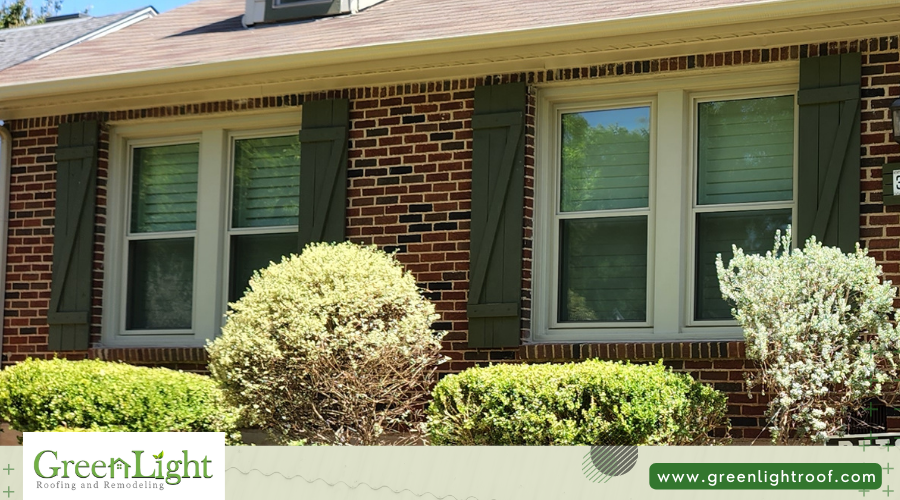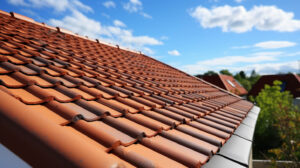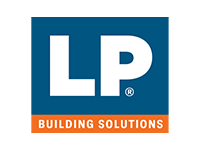Windows play an essential role in the aesthetics and energy efficiency of a building. Choosing the right window can help you save money on your energy bills, reduce your carbon footprint, and increase the comfort of your home or office. However, selecting the best window can be a daunting task, especially if you don’t understand window energy ratings. In this article, we’ll explain what window energy ratings are, how they work, and what factors you should consider when selecting a window with high energy efficiency.
What are Window Energy Ratings?
Window energy ratings are a measure of how energy-efficient a window is. They help you determine how well a window can insulate your home or office, reduce heat loss or gain, and minimize the need for heating and cooling. Window energy ratings take into account several factors, such as the glass type, frame material, and other components that affect the window’s overall energy efficiency.
How Do Window Energy Ratings Work?
Window energy ratings are calculated based on several metrics, such as the U-Factor, Solar Heat Gain Coefficient (SHGC), and air leakage. These metrics are standardized and rated by independent organizations, such as the National Fenestration Rating Council (NFRC) in the US and the British Fenestration Rating Council (BFRC) in the UK. The ratings are usually expressed on a scale of A to G, with A being the most energy-efficient rating.
Types of Window Energy Ratings
There are different types of window energy ratings, depending on the country and the organization that provides them. In the US, the most commonly used rating system is the Energy Star rating, which is issued by the Environmental Protection Agency (EPA). Energy Star-rated windows are designed to meet or exceed certain energy efficiency standards and are independently tested and certified.
In the UK, the most widely used rating system is the BFRC Window Energy Rating, which rates windows on a scale of A to G. A-rated windows are the most energy-efficient, while G-rated windows are the least energy-efficient. The BFRC rating system takes into account several factors, such as the U-value, Solar Heat Gain Coefficient, and air leakage.
Factors Affecting Window Energy Ratings
Several factors affect window energy ratings, including:
Glass Types
The type of glass used in a window has a significant impact on its energy efficiency. Low-E (low emissivity) glass is a popular choice for energy-efficient windows, as it can reduce heat loss and gain by up to 50%. Triple-pane glass is another option that provides better insulation and reduces noise.
Frames and Spacers
Window frames and spacers also affect the energy efficiency of a window. Frames made of materials such as vinyl, fiberglass, or wood are more energy-efficient than aluminum frames, which conduct heat more easily. The spacers between the panes of glass also play a role in insulation, with warm-edge spacers being more energy-efficient than traditional metal spacers.
Gas Fills
Some windows have a gas fill, such as argon or krypton, between the panes of glass to improve insulation. These gases have a higher density than air, which reduces heat transfer.
Solar Heat Gain Coefficient (SHGC)
The Solar Heat Gain Coefficient measures how much solar radiation is transmitted through a window. Windows with a low SHGC are more energy-efficient, as they allow less heat to enter the building.
U-Factor
The U-Factor measures how well a window can insulate against heat transfer. Windows with a lower U-Factor are more energy-efficient, as they have better insulation properties.
Benefits of High Energy-Efficient Windows
Investing in high energy-efficient windows can have several benefits, such as:
Lower Energy Bills
High energy-efficient windows can reduce the amount of energy needed for heating and cooling, which can lower your energy bills and save you money in the long run.
Increased Comfort
Energy-efficient windows can help regulate the temperature inside your home or office, providing a more comfortable living or working environment.
Reduced Carbon Footprint
Reducing your energy consumption by using energy-efficient windows can help lower your carbon footprint and contribute to a more sustainable future.
Reduced Noise
Energy-efficient windows can also help reduce outside noise, providing a quieter and more peaceful living or working environment.
How to Choose Energy-Efficient Windows
When selecting energy-efficient windows, there are several factors to consider, such as:
Consider the Climate
The climate in your area can affect the type of window you need. For example, in colder climates, windows with a low U-Factor may be more beneficial, while in warmer climates, windows with a low SHGC may be more suitable.
Check the Window Label
Look for the window label that provides information about the window’s energy efficiency. The label should indicate the window’s U-Factor, SHGC, and air leakage rate.
Look for Certified Windows
Choose windows that are certified by an independent organization, such as Energy Star or NFRC, to ensure their energy efficiency and quality.
Hire a Professional Installer
Hire a professional window installer who is experienced in installing energy-efficient windows to ensure proper installation and optimal energy efficiency.
Another Way of Choosing Energy-Efficient Windows
In this section, we will provide some tips for choosing energy-efficient windows. We will discuss the various factors that should be considered, such as window ratings, framing materials, and glazing options.
Energy Star Ratings
One of the most important factors to consider when choosing energy-efficient windows is the Energy Star rating. Energy Star is a government-backed program that identifies energy-efficient products, including windows. Look for windows that have an Energy Star rating to ensure that they meet strict energy efficiency guidelines.
Framing Materials
The framing materials used in energy-efficient windows are also important. Materials such as vinyl, fiberglass, or wood composites have low thermal conductivity and can help to further reduce heat loss.
Glazing Options
There are a variety of glazing options available for energy-efficient windows, including low-e coatings, tinted glass, and gas-filled panes. Consider the climate in your area and the orientation of your windows when choosing the right glazing option for your needs.
Conclusion
Understanding window energy ratings is crucial when selecting windows for your home or office. High energy-efficient windows can provide several benefits, such as lower energy bills, increased comfort, reduced carbon footprint, and reduced noise. When choosing energy-efficient windows, consider factors such as glass types, frames and spacers, gas fills, SHGC, and U-Factor. Look for certified windows and hire a professional installer to ensure optimal energy efficiency.






















